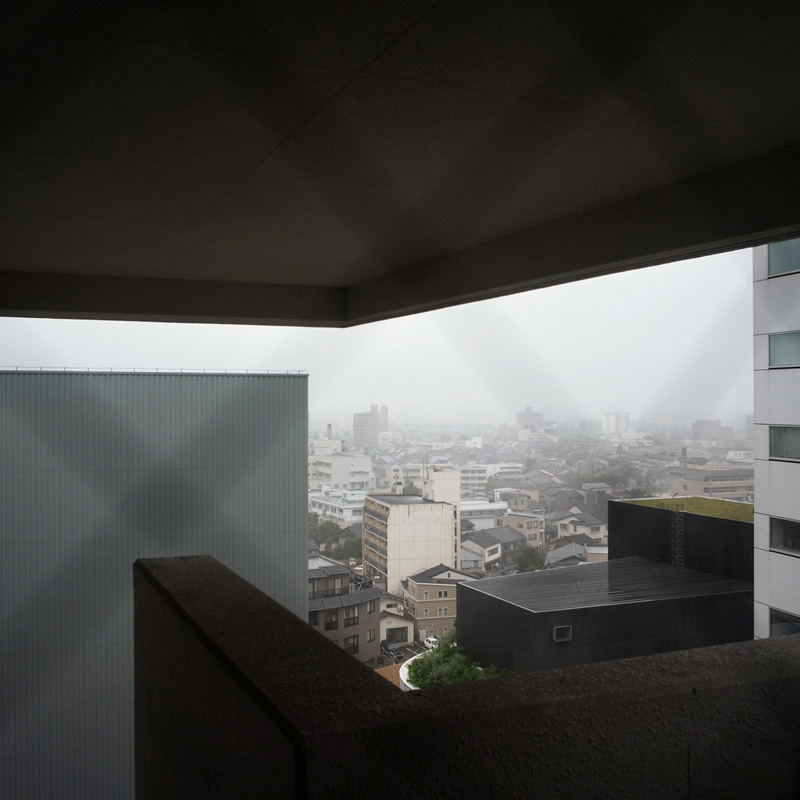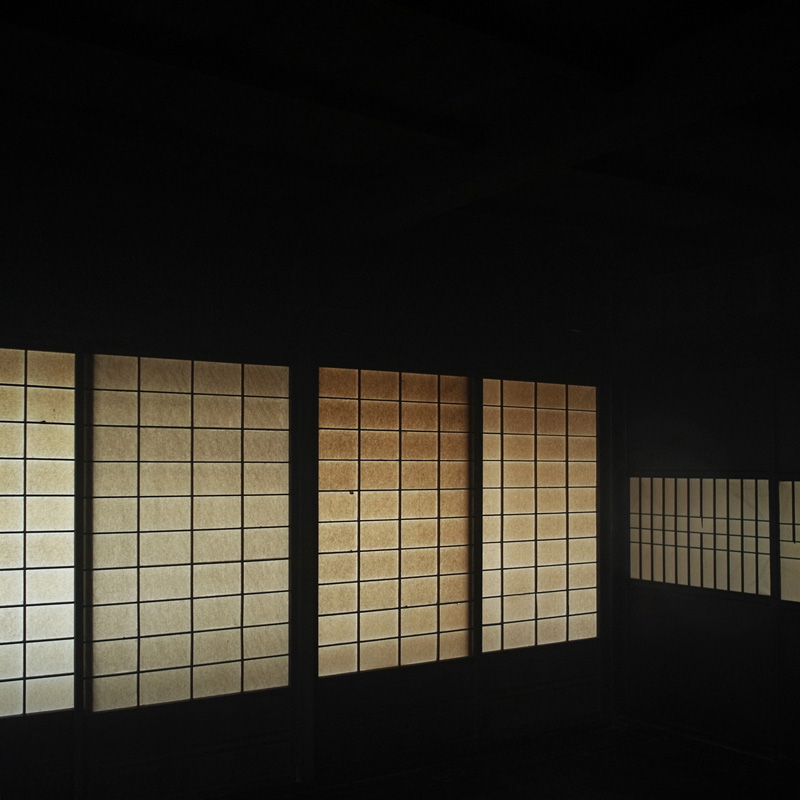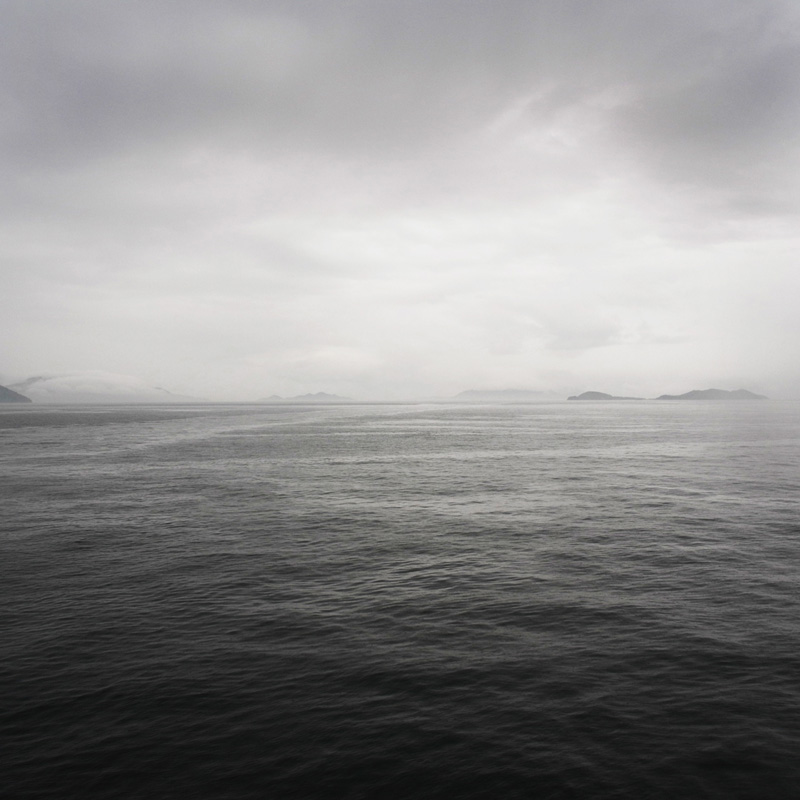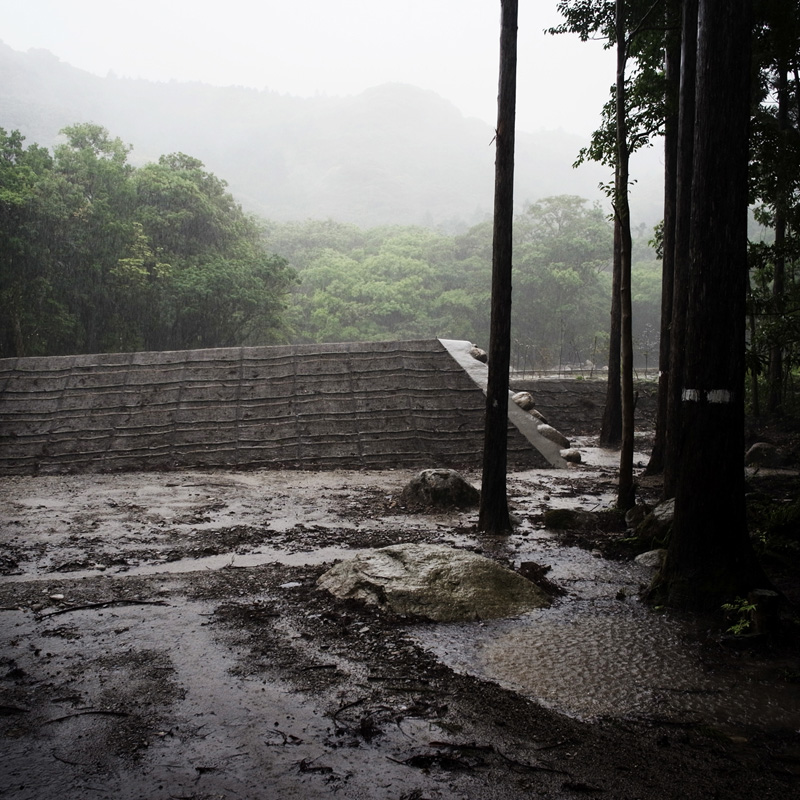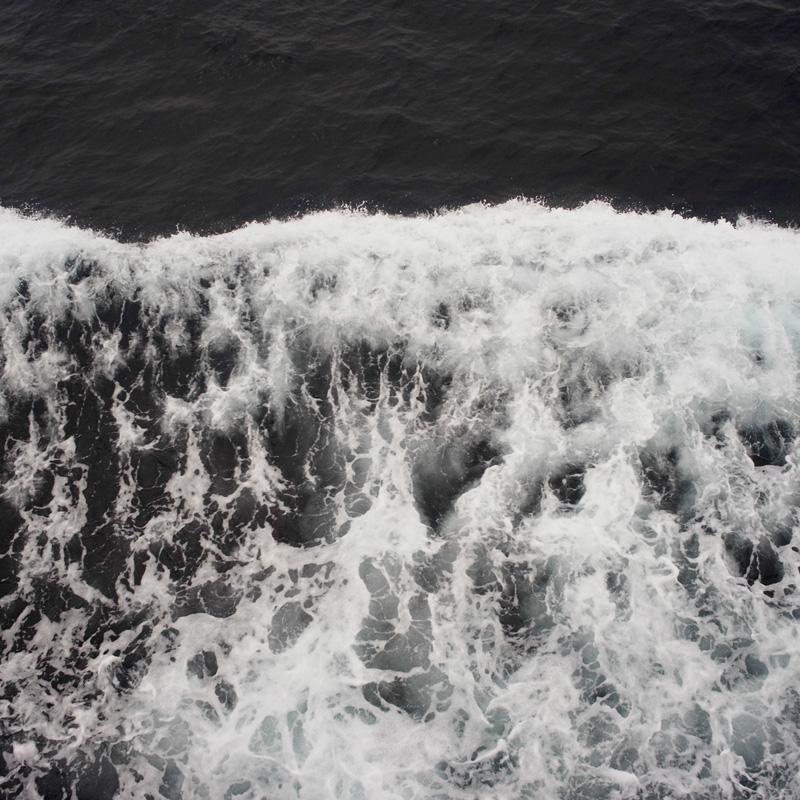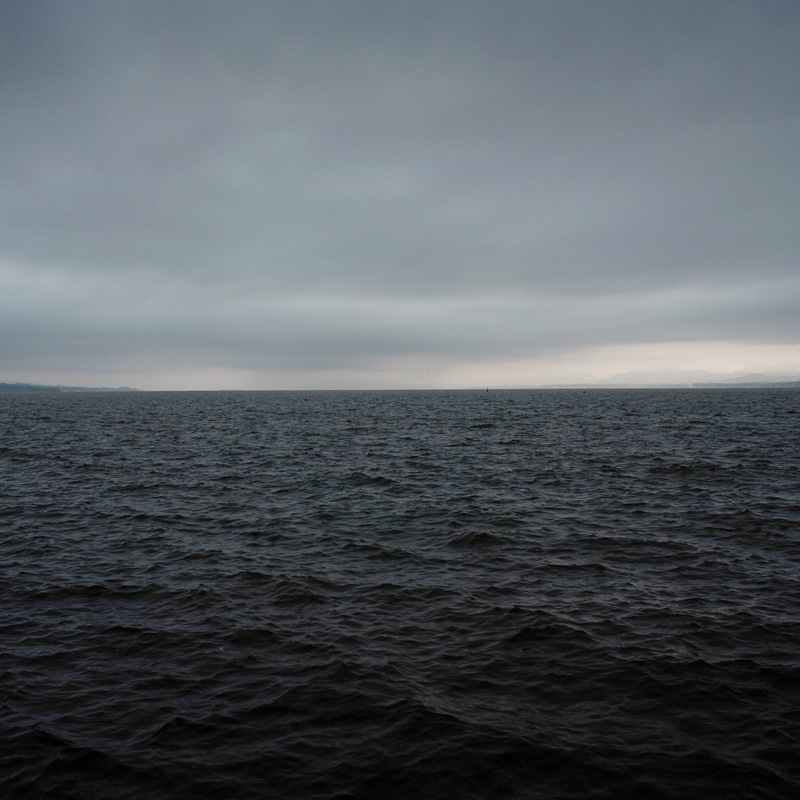"j'ai commencé à prendre des notes, zuihitsu (des pensées sans suite, au gré du pinceau), comme le font si volontiers les japonais qui n'ont jamais cru aux enchaînements rigoureux ni aux démonstrations c.q.f.d…" nicolas bouvier: chronique japonaise (1955-1970)
“i start to jot down notes: zuihitsu (thoughts without coherence, at the tip of the brush), the way the japanese so willingly do – they have never believed in rigorous sequences nor in demonstrations to prove that …”
nicolas bouvier*: the japanese chronicles (1955-1970)
.
the second series from my japanese project (2012), sequel to “d’un monde flottant / of a floating world” and edited as a book in 2014.
.
.
"la charpente, nouvellement rebâtie, n'a pas encore repris le jeu qui permet d'amortir les secousses telluriques, et les plus faibles d'entre elles prennent le toit en enfilade avec un grondement sourd. vous verrez (…), me dit le jardinier, la nuit ça vous réveille, comme un tigre au galop sur le toit." nicolas bouvier: chronique japonaise (1955-1970)
“the frame, newly reconstructed, had not yet recovered the play that would let it absorb earthquakes, and the weakest tremors rattle the roof with a series of dull rumbles. ‘ you will see’ (…), the gardener said to me, ‘the night it wakes you, it is like a tiger bounding along the roof.’ “
nicolas bouvier: the japanese chronicles (1955-1970)
notes
nicolas bouvier (1929-1998), a swiss traveller, writer and photographer, maybe best known for his work “l’usage du monde” (“the way of the world”), notes from a journey overland from switzerland to india.
bouvier’s explorations of japan (1955-1970) led to two books: “le vide et le plein” (“the full and the void”) and “chroniques japonaises” (“the japanese chronicles”). his books were travel companions on my japanese project and citations from both now illustrate the photobooks.





